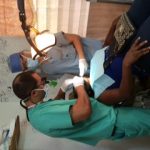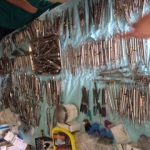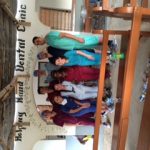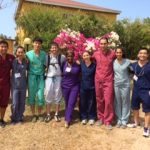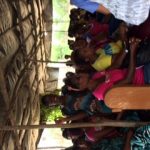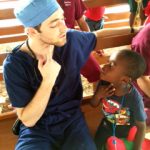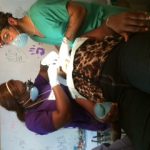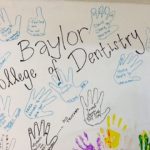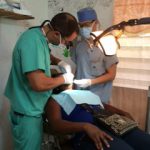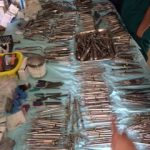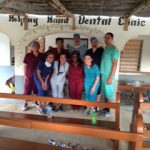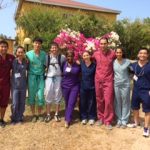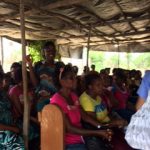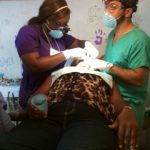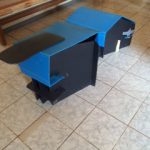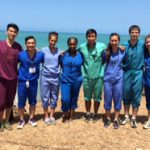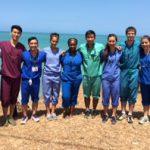Destination: Treasure Beach
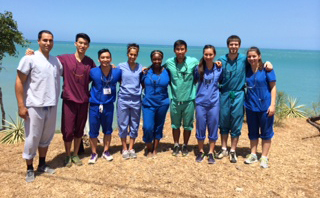
As summer clinic drew to a close, nine dental students boarded a flight bound for Jamaica, where many of their patients were treated in dental chairs unlike any the students had ever seen.
The dental chairs at the Hopewell clinic set it apart in more ways than one. In the main clinic, eight fully-functional, modern dental chairs allow dentists to perform restorative work in addition to extractions. They’re not too different from what one would find in the Third Floor Clinic at Texas A&M University Baylor College of Dentistry. This can be a welcome yet uncommon surprise at a far-flung dental mission staffed by volunteers.
Five more dental chairs are housed in a smaller clinic tucked around the back of the building. Some are obviously beach chairs. The others are handmade. They can’t partially recline. Instead, they have only one setting: horizontal.
“They were made out of cardboard,” says Paul Jang, a fourth-year dental student. “Those chairs were used only for cleanings and extractions.”
From July 19 to 26, the nine Texas A&M Baylor College of Dentistry students — many of whom are members of the Christian Medical & Dental Association — stayed in Treasure Beach to provide extractions, cleanings and operative treatment for residents of the rural area along Jamaica’s southern coast. They teamed up with 16 dental students from Howard University College of Dentistry, as well as five supervising dentists and three dental assistants.
“Going into it I didn’t know what to expect. I felt like all of us walked away with more appreciation for the profession we’re entering, as well as humility to see the impact we had on that community,” third-year dental student Heena Gupta says of the trip, an initiative of the Christian Dental Society, a nonprofit that coordinates dental missions around the globe.
The four days spent in the clinic often stretched until 8 p.m. Electricity could be intermittent, and there wasn’t always time for lunch. During the trip, the volunteers cared for 500 adult and pediatric patients.
That number was reached because both schools worked together, Jang says.
“We shared a common goal; volunteers came for different reasons, wanting to get different things out of it,” says Jang. “But essentially it came down to serving the people.
“If someone didn’t like doing extractions, didn’t like doing cleanings, it didn’t matter. We just wanted to see more people.”
—Jenny Fuentes

